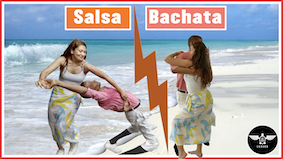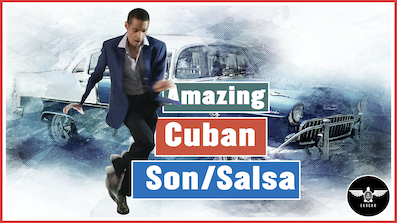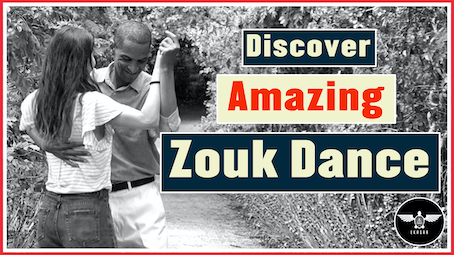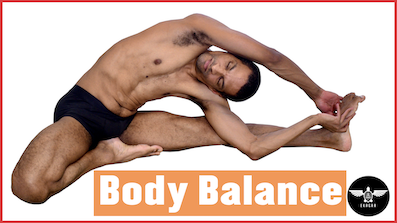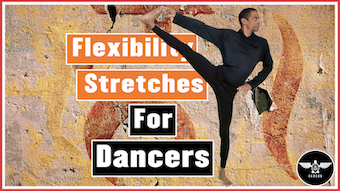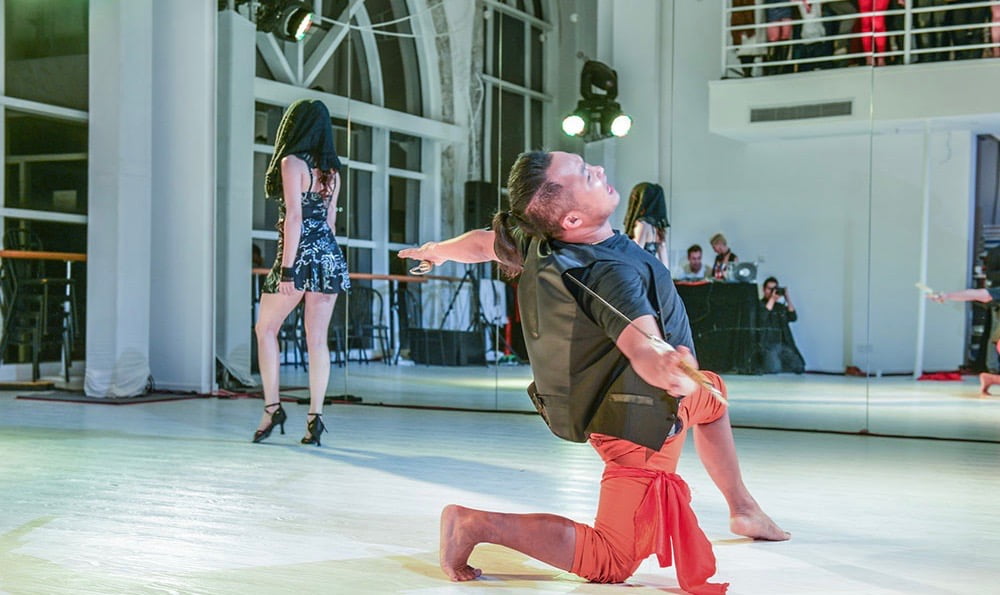
Cuban-style salsa has flavor, power, is flirtatious …and doesn’t exist. Find out why.
1. Why Cuban STYLE salsa?
Because of the different styles of salsa, many people tend to put themselves into one category or another. You will often hear, “I dance New York salsa” or “I dance Cuban style salsa“. The key reason for the distinction is that if you dance with a partner who trained in a different style than yours, the two of you will find it hard to synchronize your steps unless one of you is familiar with the other person’s dance style.
Cuban-style salsa is one of the most popular forms of salsa and one of the most characteristic ones. But first, let’s set the record straight.
2. Cuban style salsa doesn’t exist
Cuban salsa has been created to fit the casino dance style into a category and market it abroad. Since it looks like salsa, people created the term Cuban salsa. However, casino Rueda is the appropriate term to describe Cuban-style salsa.
2.1. What is Cuban style salsa?
It originated at the beginning of the twentieth century in Cuba. Initially, many couples would form a group and dance together (casino rueda, with rueda meaning circle). In casino rueda, couples executed similar moves together, simultaneously making the choreography beautiful, fun, and challenging. The term casino came from the circular dance style that looks like the motions of the wheels in a casino. Indeed, the “wheel” can either move clockwise or anticlockwise. A “caller” who announces the move a few steps ahead chooses the steps on which the couples dance. Therefore, the dancers do not know which dance moves will be called and must react quickly. For example, a move might call for a change of partners or the execution of a specific series of steps.
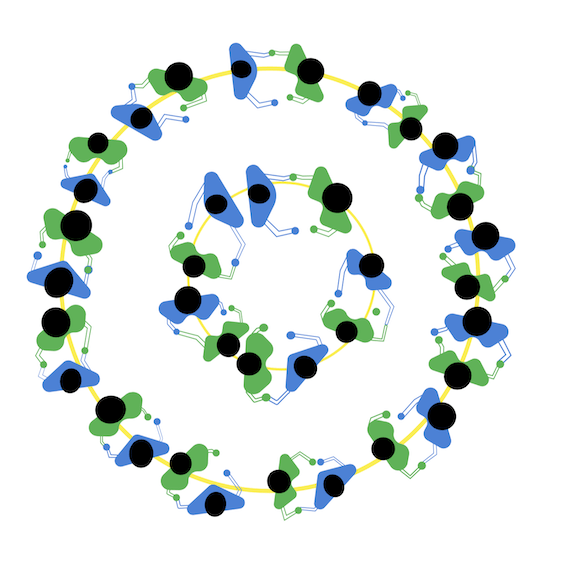
Other fact relating to salsa
Casino also precedes salsa which took shape in the United States (New York in particular) in the 60s, with groups such as Fania all stars and, later on, dancers such as Eddie Torres at the forefront of the genre.
3. Particularities of Cuban style salsa
Even if we just saw that the appellation “Cuban style salsa” was not appropriate, this term is widely used and conveys the understanding that the dance form is from Cuba. In Cuban salsa, people evolve more in a circle than in New York or Los Angeles styles which are more danced in line. Moreover, the other attribute of Cuban salsa is that it derives many of its moves from ballroom dances such as Danzon, Son, Mambo, and chachacha and Afro-Cuban dances like Chango, Abakua, and Rumba.
The clave is a key instrument of Cuban-style salsa. There are four types of clave rhythms:
3.1. Rumba (3/2 and 2/3) and Son (3/2 and 2/3)
The most important thing to remember is that, in Cuban-style salsa, the dancer needs to follow the clave rhythm. And to perform this task, he/she should train him/herself using Cuban rumba songs. Indeed, rumba music uses the clave as a rhythmic base, and the dance style follows that instrument.
Understanding the clave:
A basic salsa step has 2 measures of 4 beats each. The clave will be played five times on these beats (3/2 or 2/3). So, for example, in a 3/2 rhythm, the clave would appear 3 times on the first measure and twice on the second. And vice versa.

Check-out this example of clave rhythm.
The key difference between rumba and Son
– Rumba is an Afro-Cuban dance that was created at the end of the 19th century by black people and was confined to lower class status until the arrival in power of Castro. From then, the dance became a national flagship of Cuban unity and a way to fight racism and class differences. As such, the government manages the dance and teaches in many dance schools.
As we mentioned earlier, its key instruments are the clave and the drums.
– On the other hand, Son is a ballroom dance that was created in the 19th century. It mixes elements of Spanish and African origins.
The key instruments are guitar, tres, claves, maracas, bongos, or marímbula.
5 Typical steps of Cuban style salsa
4.1. Side steps

The first step is a relatively simple one. You move from one side to the other. However, your steps must sync with the song and the clave. It’s a prevalent move in Son Cubano and requires that dance partners be close to each other. I love this step because you can learn to dance on beat while enjoying the music and your dancing partner.
4.2. Moving sideways
The second of the Cuban-style salsa steps also borrows from Son. Dancers will move one foot after the other in one direction. The motion is a little challenging if you are used to forward and backward salsa steps, as it requires completing the full measures of the basic steps in one direction. Here again, couples dance close to each other and use their hips and shoulders as the main drivers of their movements rather than their feet. The feet follow the direction set by these previous body parts.
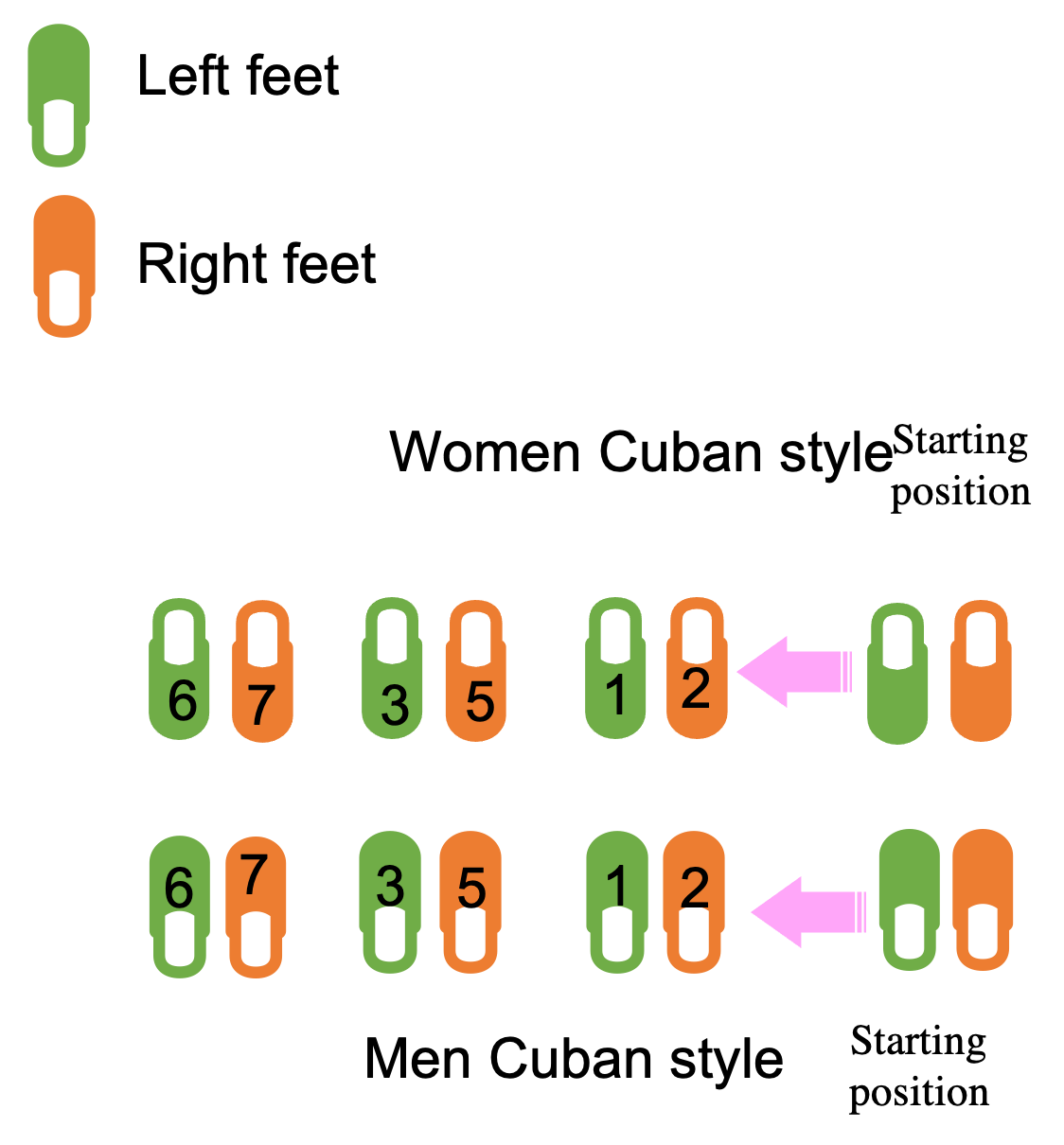
4.3. Moving forward/backward
This is also another Son step, and it’s very similar to the previous one in that the measures of the basic step are completed in one direction instead of half forward and half backward. Once again, the same parts of the body order the sequence.

4.4. Casino move
The 4th dance set is a typical Cuban-style salsa move (casino). You use it to initiate turns or in anticipation of the “caller” ‘s next move.
– On the (1) beat, both partners’ lead leg goes back and comes back to center on (3) while holding each other’s lead hands.
– Then, on (5), the partners use the palm associated with the other leg to push each other gently.
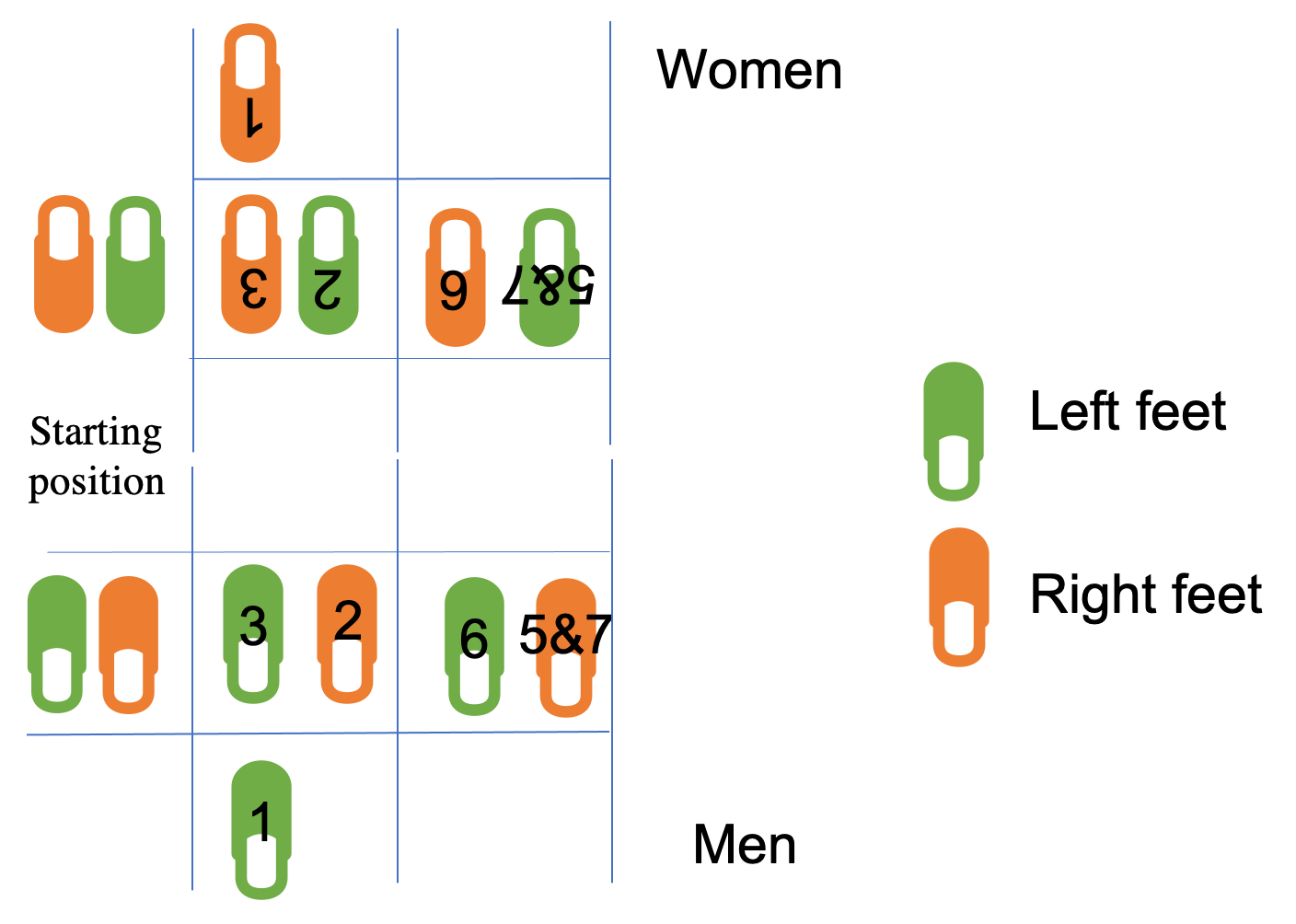
4.5. Move in circle
Anther typical Cuban salsa style motion that exemplifies the difference between this dance and the other salsa styles. Its indeed executed in a circular motion.
🔴 For men:
– The lead leg (left one) crosses the right one on 1,
– Then your right leg goes backward, followed by the left.
– One the beat (5), you put your right leg behind the left one and use it as a propelling tool to move forward
– First, the left leg (6), then the right one (7).
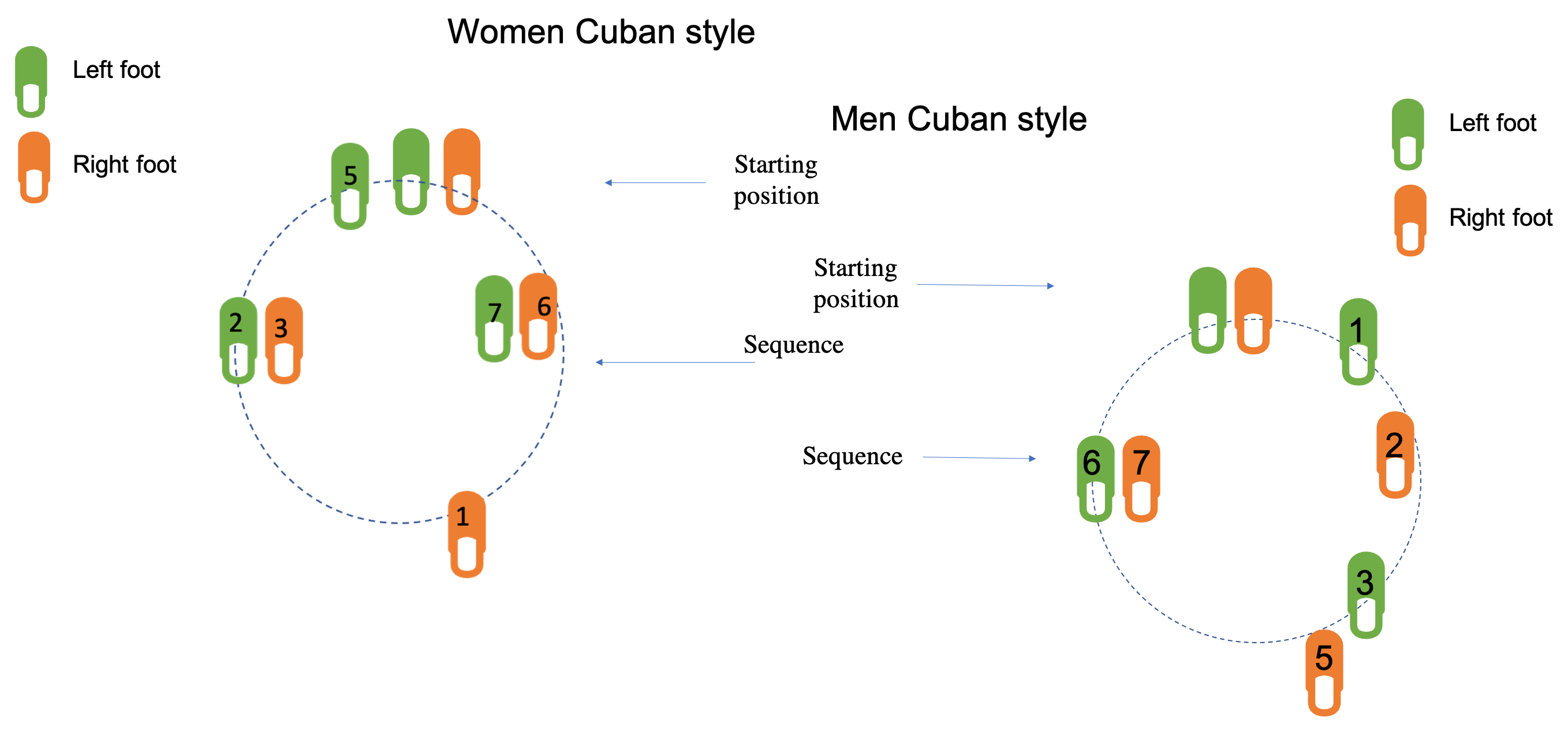
🔴 For ladies:
– You go back first with your right leg (1), then forward with your left (2), followed by your right one (3).
– You then cross the right leg with your left one (5), move the right one to the side, then join the left with it (7).
5. Putting the move together
Once you master these moves, you can “plug and play” choosing the orders of the dance steps. For example, a good combination is:
4-5-3-1-2
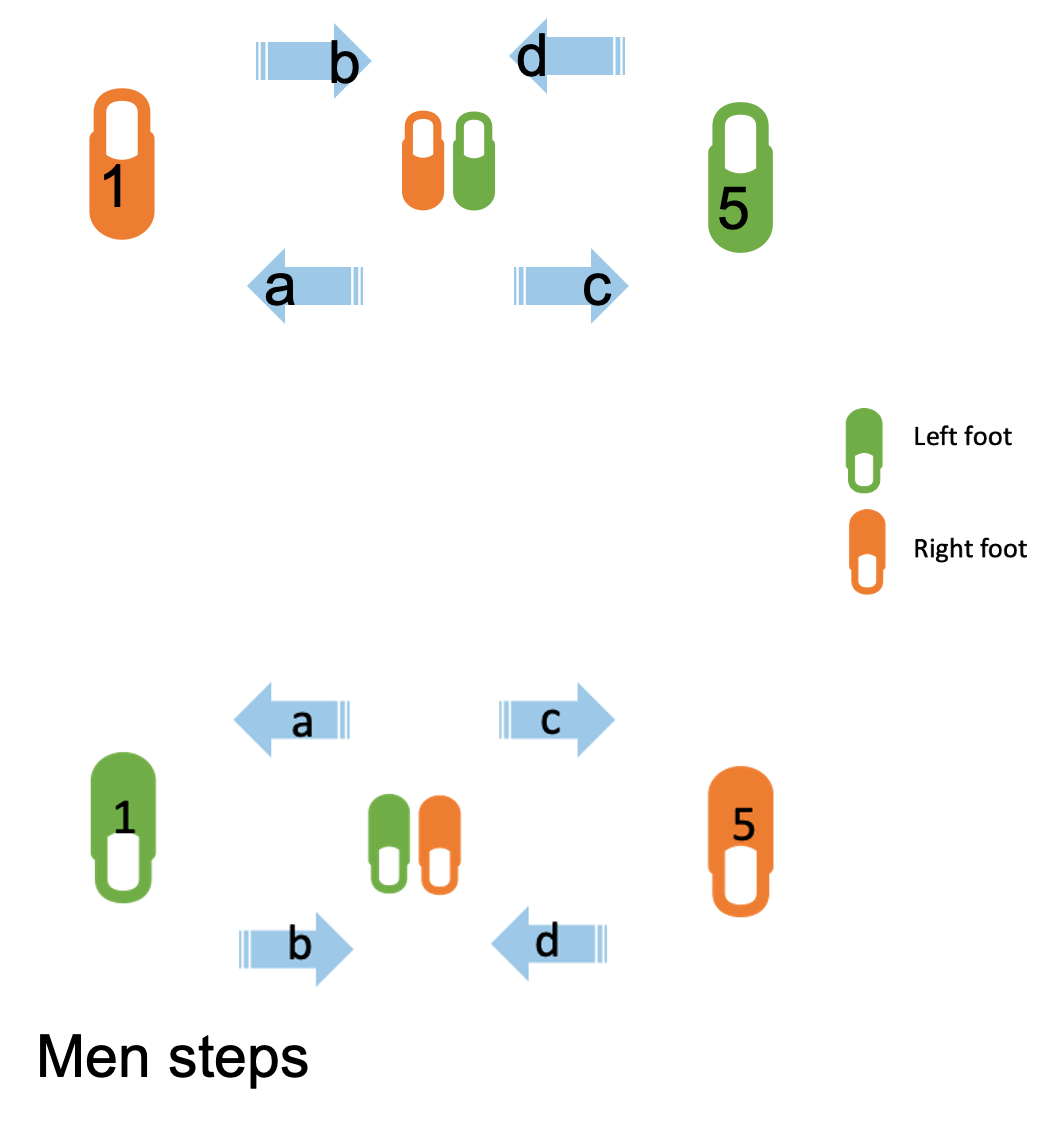

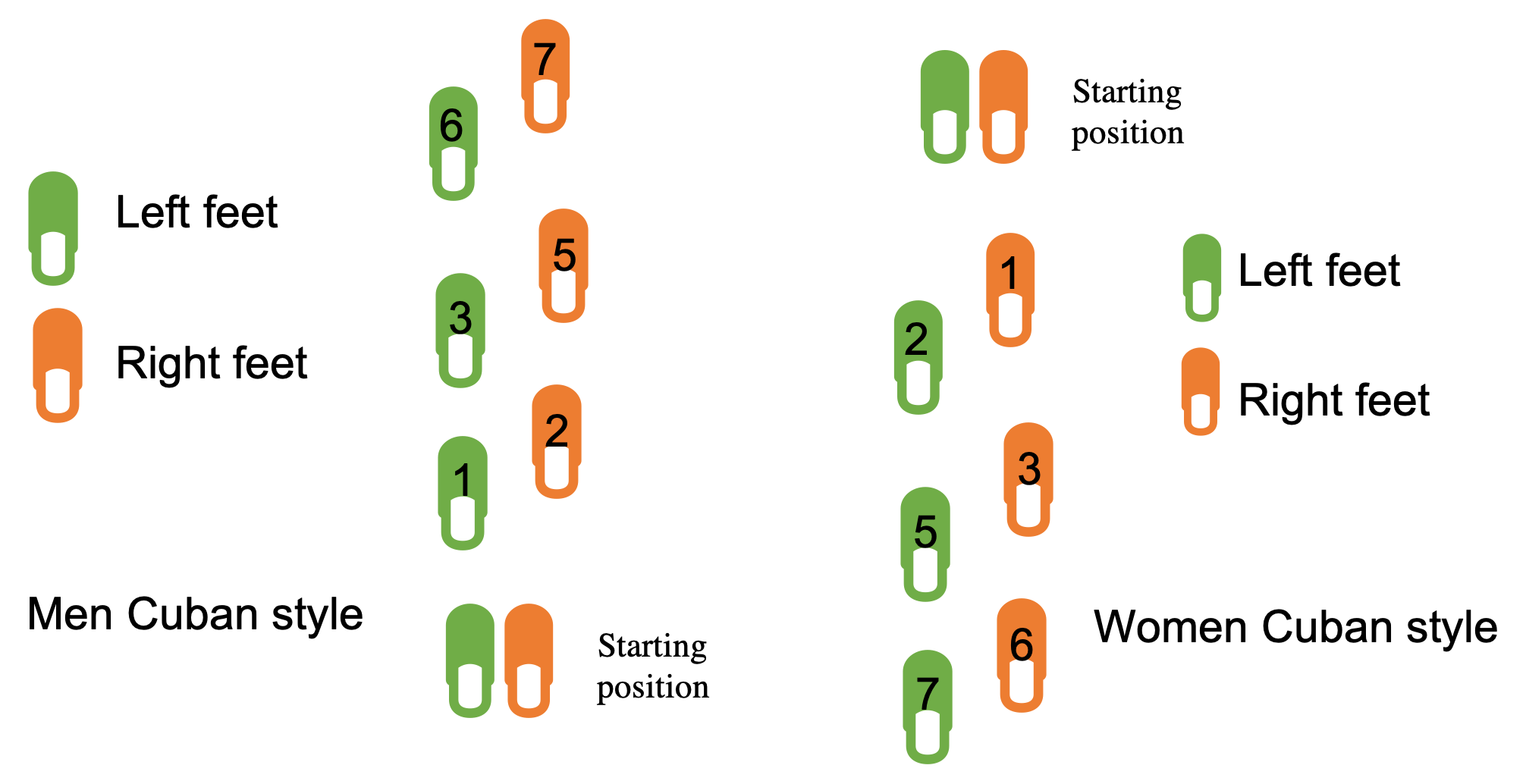


6. I have more to offer
Learn Cuban Salsa, Bachata, Improv’ and many other dance styles. Check out these videos and see what you can achieve in less than 3 months. Private lessons available for just £35/Hour. Free body movement and basic salsa and bachata lessons provided.



